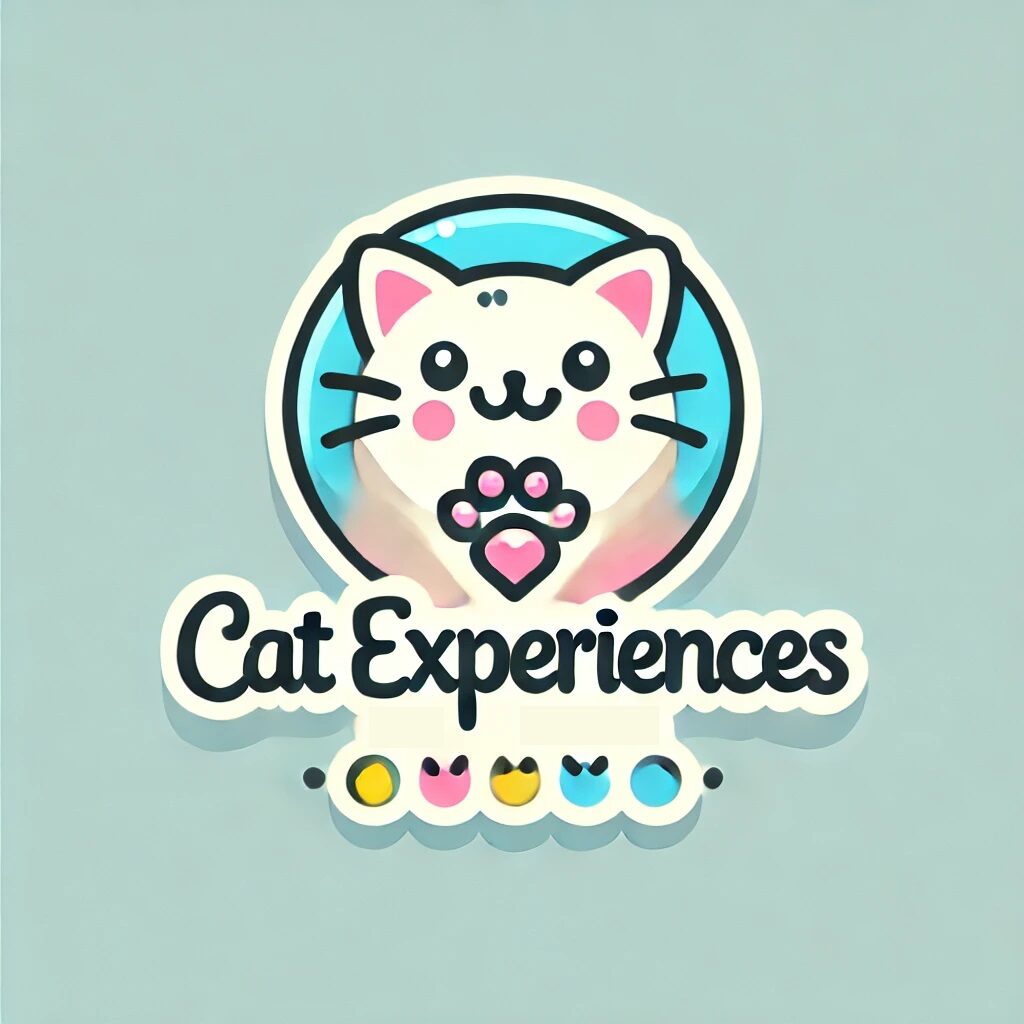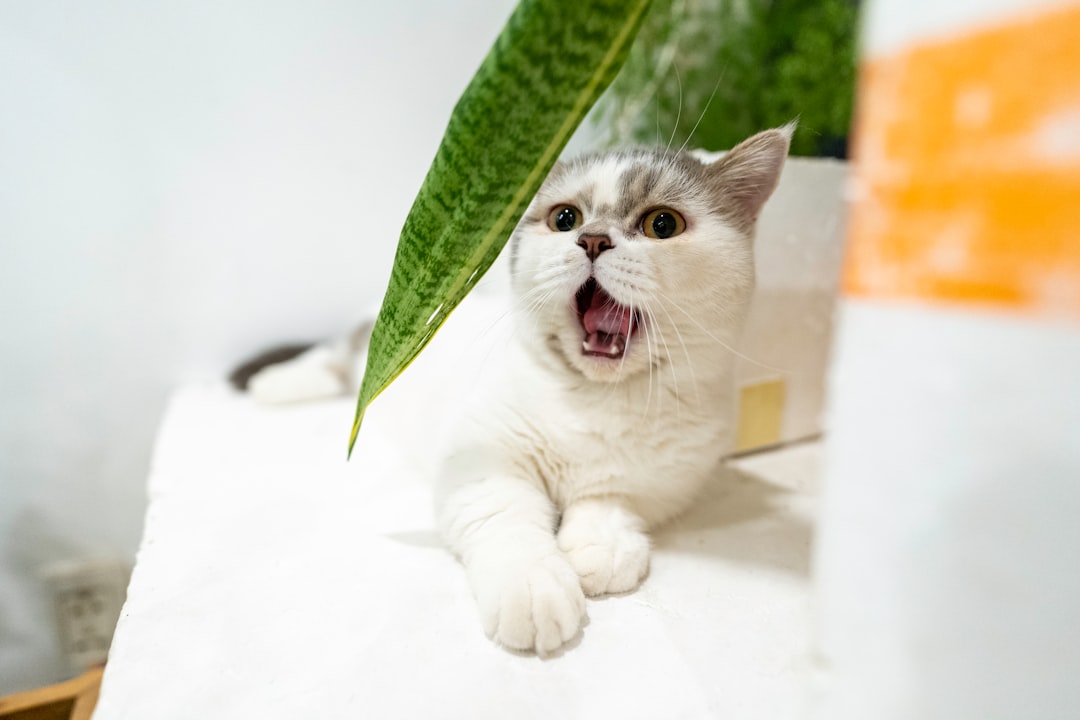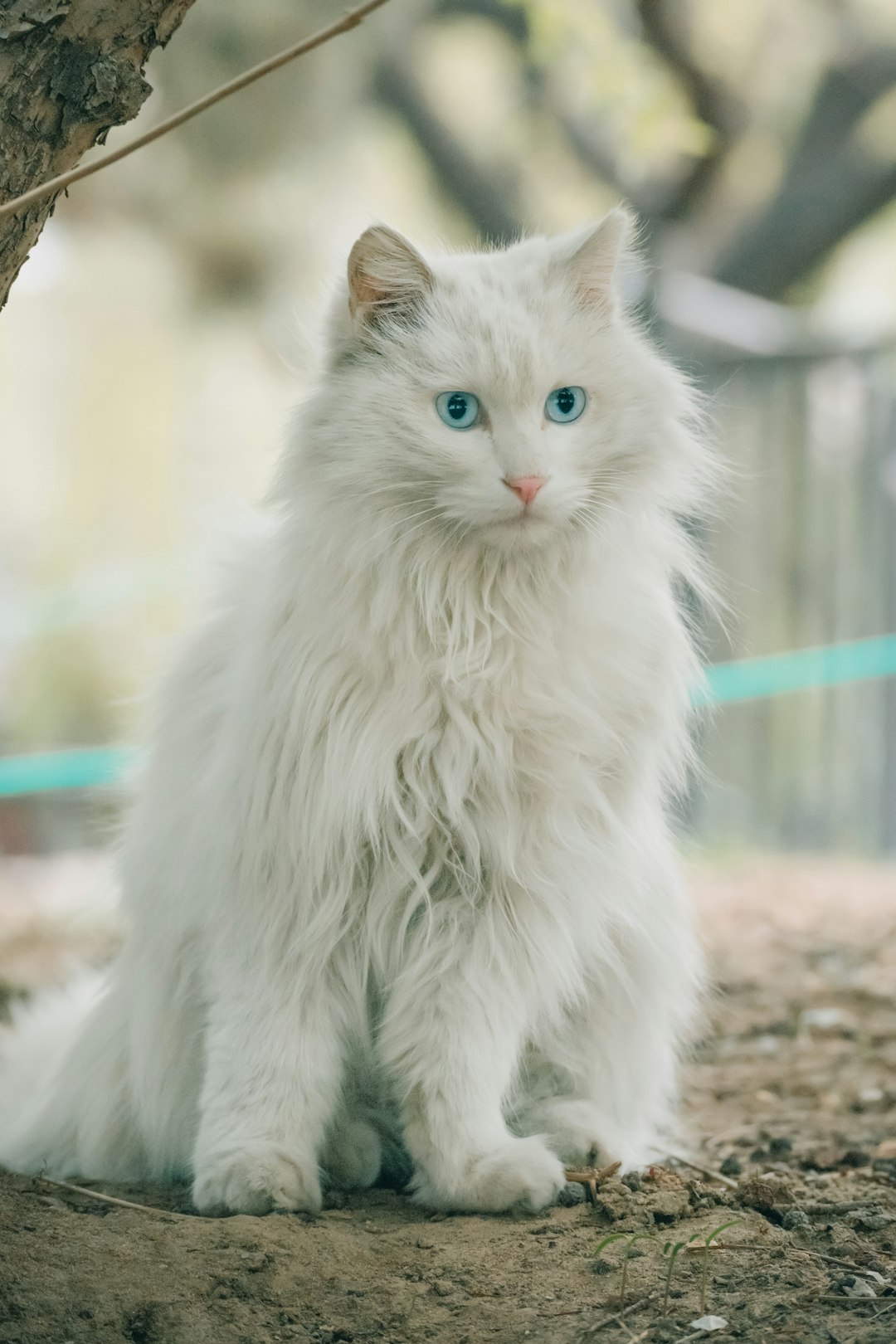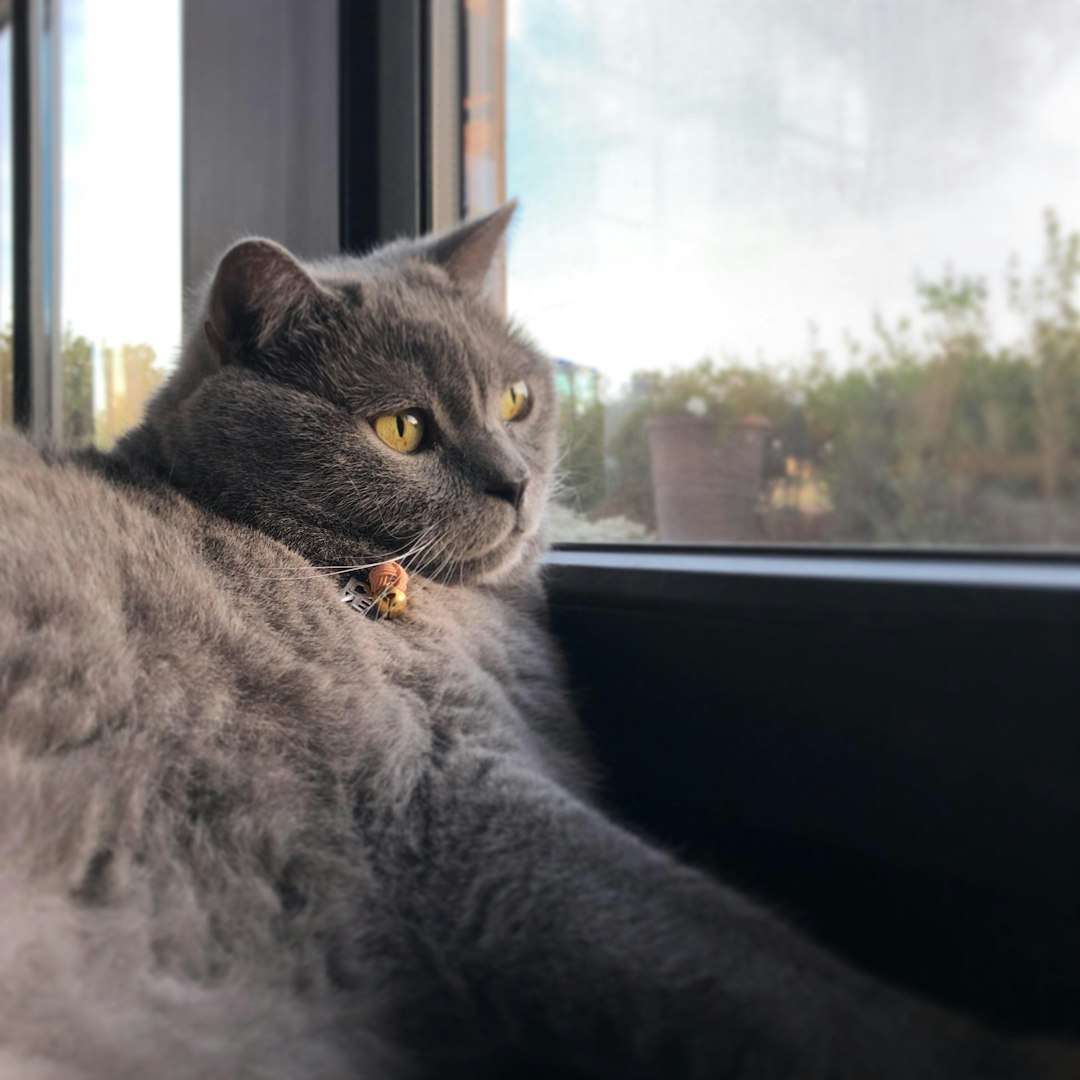Are you tired of the hassle that comes with cleaning your cat’s litter box? If so, you’re not alone. Many cat owners face this daily challenge, leading to frustration and stress. Fortunately, incorporating cat litter liners into your routine can significantly simplify the process. These practical tools offer numerous benefits, from reducing mess to making maintenance a breeze. In this blog post, we’ll explore what cat litter liners are, the advantages they provide, and how to choose and install the right one for your feline friend. We’ll also delve into common misconceptions and share real-life experiences from fellow cat owners. Let’s unlock the secret to a cleaner, more enjoyable litter box experience!
What Are Cat Litter Liners?
Definition of Cat Litter Liners
Cat litter liners are protective sheets designed to line the bottom of a litter box. Their primary function is to create a barrier between the litter and the box itself, making it easier to manage waste and maintain cleanliness. These liners come in various materials, providing options for different preferences and litter types.
Types of Cat Litter Liners
There are several types of liners available on the market, each offering unique features:
| Type | Material | Features |
|---|---|---|
| Standard Liners | Plastic | Lightweight and easy to clean |
| Washable Liners | Fabric | Reusable and eco-friendly |
| Waterproof Liners | Thick plastic | Prevents leaks and protects the box |
| Flexible Liners | Thin plastic | Adapts easily to various box shapes |
How Cat Litter Liners Work
Using a liner simplifies the cleaning process. When it’s time to change the litter, simply remove the liner, dispose of it with the waste, and replace it with a fresh sheet. The liner helps to keep the litter box clean by minimizing the residue that typically adheres to the bottom of the box. Additionally, liners can help reduce odors, making for a more pleasant environment for both you and your feline friend.
In summary, these products offer a practical and efficient way to maintain a clean litter box, significantly easing the cleanup process.
Advantages of Using Cat Litter Liners
Simplified Cleanup Process
Using a cat litter liner can transform your cleaning routine from a tedious task into a quick and efficient process. With a liner in place, you can simply lift it out and dispose of it along with the waste. This not only saves time but also minimizes the mess that often accompanies litter box maintenance. Benefits of simplified cleanup include:
| Benefit | Description |
|---|---|
| Less Scrubbing | Eliminates the need for scrubbing the box regularly. |
| Fast Waste Disposal | Quickly dispose of waste without hassle. |
| Easy Replacement | Effortlessly swap out liners to maintain freshness. |
Protection for the Litter Box
In addition to easing the cleaning process, these liners provide a layer of protection for the litter box itself. By creating a barrier, they help to prevent scratches and stains that can occur over time. Here are some key advantages:
| Advantage | Description |
|---|---|
| Enhanced Longevity | Prolongs the lifespan of your litter box. |
| Prevents Leaks | Stops moisture from seeping into the tray. |
| Overall Cleanliness | Keeps the base of the box cleaner for longer. |
Reduction of Odors
Odor control is critical for maintaining a fresh environment in your home. The liners work synergistically with litter to contain odors effectively. Key points include:
| Key Feature | Benefit |
|---|---|
| Additional Layer | Provides extra protection against odors. |
| Airtight Sealing | Reduces the chance of smells escaping. |
| Better Airflow | Helps keep the waste drier, minimizing odor. |
Incorporating a liner into your cat’s litter box routine comes with numerous benefits that enhance both cleanliness and comfort for both you and your feline friend.
How to Choose the Right Cat Litter Liner
Choosing the right cat litter liners can significantly impact the efficiency of your cleaning routine and your cat’s comfort. Here are some key factors to consider:
Material Considerations
The material of the liner plays a crucial role in its effectiveness. Common choices include:
| Material | Pros | Cons |
|---|---|---|
| Plastic | Waterproof, easy to clean | Can tear easily |
| Vinyl | Durable, resistant to stains | May not be biodegradable |
| Heavy-duty Paper | Environmentally friendly, absorbent | Can be less pliable |
Choose a material that balances durability and ease of maintenance while also reflecting your environmental values.
Size and Fit
Finding the right size for your litter box is essential. Liners typically come in various dimensions:
| Size | Box Size Compatibility | Best Use |
|---|---|---|
| Small | Under 15 inches | Kittens or small breeds |
| Medium | 15 to 22 inches | Standard-sized litter boxes |
| Large | Over 22 inches | Multiple cats or larger breeds |
Selecting the appropriate size ensures that the liner remains secure and prevents any litter spillage.
Durability
Durability is key when it comes to cat litter liners. A sturdy liner will withstand daily use and the wear and tear of a litter box. Look for products that specify their tear resistance and thickness. A liner that can endure active digging is vital in maintaining a neat environment.
In conclusion, assessing the material, size, and durability of cat litter liners is essential in making an informed choice that suits both your feline friend’s needs and your cleaning preferences.
Tips for Installing Cat Litter Liners
Preparation of the Litter Box
Before beginning the installation process, it’s essential to prepare the litter box for an optimal experience. Start by emptying the box completely and cleaning it with a mild detergent to remove any residual odors or bacteria. Rinse thoroughly and allow it to dry completely. This step ensures that your feline friend enjoys a clean environment, and it facilitates better adhesion of the liner.
Step-by-Step Installation Guide
- Measure the Box: Ensure you choose a liner that fits your litter box size snugly. A well-fitted liner prevents slips and ensures complete coverage.
- Lay the Liner: Carefully unfold the liner and place it inside the litter box. Make sure the edges extend slightly over the sides to avoid any mess.
- Secure the Edges: If your liner has adhesive strips or clips, use them to fasten the liner firmly in place.
- Add Litter: Pour in your preferred cat litter over the liner, ensuring an even distribution for your cat’s comfort.
| Step | Description |
|---|---|
| Measure the Box | Determine the size for an appropriate fit |
| Lay the Liner | Unfold and place it inside the box |
| Secure the Edges | Utilize adhesive strips or clips if available |
| Add Litter | Pour the litter evenly over the liner |
Common Mistakes to Avoid
It’s easy to make simple errors that can hinder the effectiveness of your setup. Here are key mistakes to steer clear of:
- Overfilling with Litter: Excessive litter can cause the liner to break or shift.
- Skipping Cleaning: Not cleaning the box beforehand can lead to odor and bacterial growth.
- Choosing the Wrong Size: Make sure you measure your litter box accurately to avoid unsupported corners.
By following these tips, you’ll create a convenient and clean litter box environment for your cat.
Maintaining Cat Litter Liners
Effective maintenance is essential for maximizing the benefits of your cat litter liners. Proper care and timely replacements not only ensure a cleaner litter box but also create a more pleasant environment for both you and your feline friend.
Cleaning and Care Tips
To keep your litter liners in optimal condition, follow these simple cleaning tips:
| Tip | Description |
|---|---|
| Regular Checking | Inspect the liner weekly for any signs of damage or wear. |
| Gentle Cleaning | If required, wipe down the liner with a pet-safe cleaner, avoiding strong chemicals. |
| Minimal Disturbance | When removing clumps of waste, be careful not to disturb the liner itself. |
When to Replace the Liner
Understanding when to replace your liner is crucial. A timely change can prevent undesirable odors and maintain hygiene.
- Every 2-4 Weeks: Ideally, replace the liner at least once a month, depending on your cat’s habits and litter choice.
- After Major Spills: If there’s a spillage that causes the liner to become soiled or compromised, replace it immediately.
Signs of Wear and Tear
It’s important to recognize warning signs that indicate it’s time for a new liner:
- Tears or Holes: Visible damage can lead to leaks, causing litter to escape.
- Persistent Odors: If you notice lingering smells even after cleaning, this might signal that the liner has absorbed too much odor.
- Stiffness or Cracking: A worn-down material may lose its flexibility, making it less effective at containing litter.
By following these maintenance tips, you can ensure your liners perform effectively, thereby simplifying your cleaning routine significantly.
Cost-Effectiveness of Cat Litter Liners
Comparing Costs to Traditional Methods
When assessing the financial impact of commercial pet care products, it’s crucial to compare cat litter liners with traditional cleanup methods. Traditional systems often involve using just litter and a tray, which may seem economical at first. However, consider the frequent need for complete litter changes and cleanup, which can accumulate costs over time. In contrast, employing a liner simplifies the process.
| Expense Type | Traditional Methods | With Liners |
|---|---|---|
| Initial Setup Cost | Moderate | Moderate |
| Monthly Maintenance Cost | High | Lower |
| Cleanup Time | More time-consuming | Quick and efficient |
Long-Term Savings
Investing in quality liners can yield significant long-term savings. While the upfront cost might be slightly higher, they typically extend the lifespan of litter. This means less frequent purchases and lower disposal costs. For example, if a liner allows you to keep litter clean for an extra week, the savings add up, particularly when purchasing more expensive, eco-friendly options.
Value for Your Pet’s Health
Moreover, maintaining a clean litter box promotes your pet’s health, potentially avoiding costly veterinary bills due to hygiene-related issues. The liners help trap odors and waste, effectively reducing bacteria. By investing in high-quality products, you’re not just saving money; you’re also prioritizing your furry friend’s well-being, allowing them to thrive in a healthier environment.
Common Misconceptions About Cat Litter Liners
Liners Are Too Expensive
Many pet owners believe that using cat litter liners adds an unnecessary expense to their kitty care routine. However, when evaluating the investment, it’s crucial to consider the long-term benefits. While the initial cost might seem high, these products can prolong the life of the litter box by protecting its surface. This protection often reduces the need for frequent replacements, ultimately saving money over time.
| Initial Cost | Long-term Savings |
|---|---|
| Moderate | Significant |
Liners Hurt the Cats
Another common myth is that liners are uncomfortable for cats. On the contrary, when chosen correctly, they can provide a soft texture that appeals to felines. The critical factor is selecting a non-slip option that doesn’t crinkle or shift when the cat uses the box. Many designs today are specifically created to ensure they are gentle and cat-friendly.
| Myth | Truth |
|---|---|
| Uncomfortable | Soft and designed for feline comfort |
Liners Are Not Necessary
Some pet owners think that litter boxes can function well without any protective layer. While it’s true that many cats can adjust to a box directly, using a liner can significantly simplify cleanup. It also minimizes the stress caused by litter box maintenance. With a liner in place, owners can swiftly remove clumps without hassle, keeping the litter box clean and odor-free.
| Perception | Reality |
|---|---|
| Unneeded | Enhances cleanliness and ease of use |
These common misconceptions can deter pet owners from utilizing protective liners in their litter boxes. Understanding the realities behind these myths can lead to a happier environment for both pets and their owners.
Alternatives to Cat Litter Liners
When it comes to managing cat litter, there are several alternatives to consider that can also simplify the cleaning process. Each option provides unique benefits and caters to different preferences.
Natural Alternatives
For eco-conscious pet owners, natural alternatives could be the way to go. These options typically include biodegradable materials, such as:
| Material | Description |
|---|---|
| Paper products | Made from recycled paper, these are compostable and low-dust. |
| Cornstarch mats | An organic option that is highly absorbent and safe for the environment. |
| Coconut coir | A sustainable choice that works as a natural absorbent. |
These materials not only help reduce waste but are also safe for pets, making them a great choice for a more sustainable lifestyle.
Commercial Alternatives
If you’re looking for convenience and durability, commercial options come in various forms, such as:
| Product Type | Key Features |
|---|---|
| Synthetic liners | Waterproof and tear-resistant, designed for easy removal. |
| Disposable pads | Highly absorbent and convenient; simply toss after use. |
These products often feature advanced technology to minimize odor and enhance absorbency, making them popular among cat owners.
Hybrid Options
Combining the best of both worlds, hybrid options are designed to provide enhanced functionality. For instance:
| Type | Benefits |
|---|---|
| Biodegradable liners | Offer the convenience of disposables with an eco-friendly twist. |
| Reusable fabric pads | Made from washable materials, they reduce waste and can be used repeatedly. |
These innovative solutions cater to a variety of preferences, providing a flexible approach to litter management while addressing concerns related to environmental impact.
Real-Life User Experiences
Success Stories
Many cat owners have shared their positive experiences with cat litter liners, highlighting how these products significantly simplify litter box maintenance. For instance:
| User | Experience |
|---|---|
| Sarah | “After using a liner, I can easily remove the litter without any mess, making cleanup a breeze!” |
| Tom | “The liners help prevent litter from sticking to the box, keeping it cleaner for longer.” |
These users appreciate the time saved and the reduced stress associated with messier cleanups.
Challenges Faced
Not all experiences are perfect, as some users report difficulties when adopting cat litter liners. Common challenges include:
| User | Challenge |
|---|---|
| Lisa | “My cat initially clawed at the liner, making it hard for her to adjust to the new setup.” |
| Michael | “The liner slipped under the litter, which made it a hassle to keep it in place.” |
These issues indicate that, while effective, adjusting to liners may require patience and persistence.
Expert Opinions
Experts in pet care emphasize the importance of considering both the benefits and potential drawbacks of cat litter liners. Veterinarian Dr. Angela Ross explains, “Liners can help maintain hygiene and reduce odors, but they are not a one-size-fits-all solution. Each cat has unique preferences.” This sentiment underscores the need for personalized choices based on your cat’s behavior and habits.
Combining real-life experiences with expert insights helps cat owners make informed decisions about using litter liners, ultimately enhancing their litter box management.
Frequently Asked Questions
What are cat litter liners and how do they work?
Cat litter liners are specially designed plastic or fabric sheets that line the bottom and sides of a cat litter box. They serve as a barrier to make cleanup easier by preventing litter and waste from sticking to the box itself. To use a liner, you simply place it in the litter box before adding your cat’s litter. When it’s time to clean the box, you can easily lift out the liner with the waste and litter contained, making disposal a breeze.
What are the primary benefits of using cat litter liners?
The primary benefits of using cat litter liners include easier cleaning and maintaining a cleaner litter box environment. Liners prevent litter from sticking to the bottom, so when it’s time to change the litter, just lift out the entire liner with the waste. Additionally, liners can help control odors, reduce the chances of bacteria build-up, and can be easily replaced for a fresh start without any scrubbing.
Are cat litter liners safe for my cat?
Yes, most cat litter liners are safe for cats, provided that they are made from non-toxic materials. It’s important to choose liners that are labeled as pet-safe and free from harmful chemicals. Additionally, some cats may require time to get used to the feel of a liner if they have used a bare litter box previously, so monitoring your pet’s reaction during initial use is wise.
How often should I replace cat litter liners?
Cat litter liners should be replaced whenever you clean the litter box, which is generally recommended once a week or more frequently depending on your cat’s habits. Some pet owners choose to change the liner more often if there are persistent odors or excess waste. Regular replacement ensures that the liner remains effective in controlling mess and maintaining hygiene.
Can I use litter liners with any type of litter?
Yes, most cat litter liners can be used with various types of litter, including clay, crystal, and biodegradable options. However, it’s essential to check if the liner is compatible with the specific litter type you are using. Some heavy or clumping litters may require sturdier liners to prevent tearing. Always refer to the manufacturer’s guidelines to ensure compatibility.



